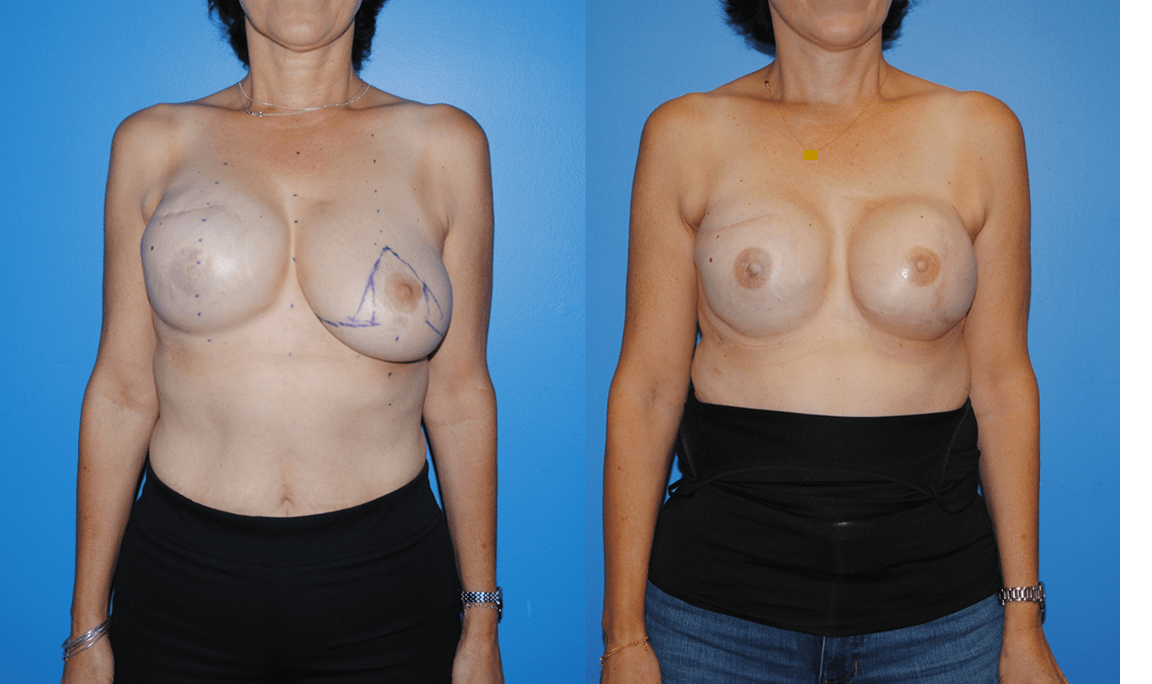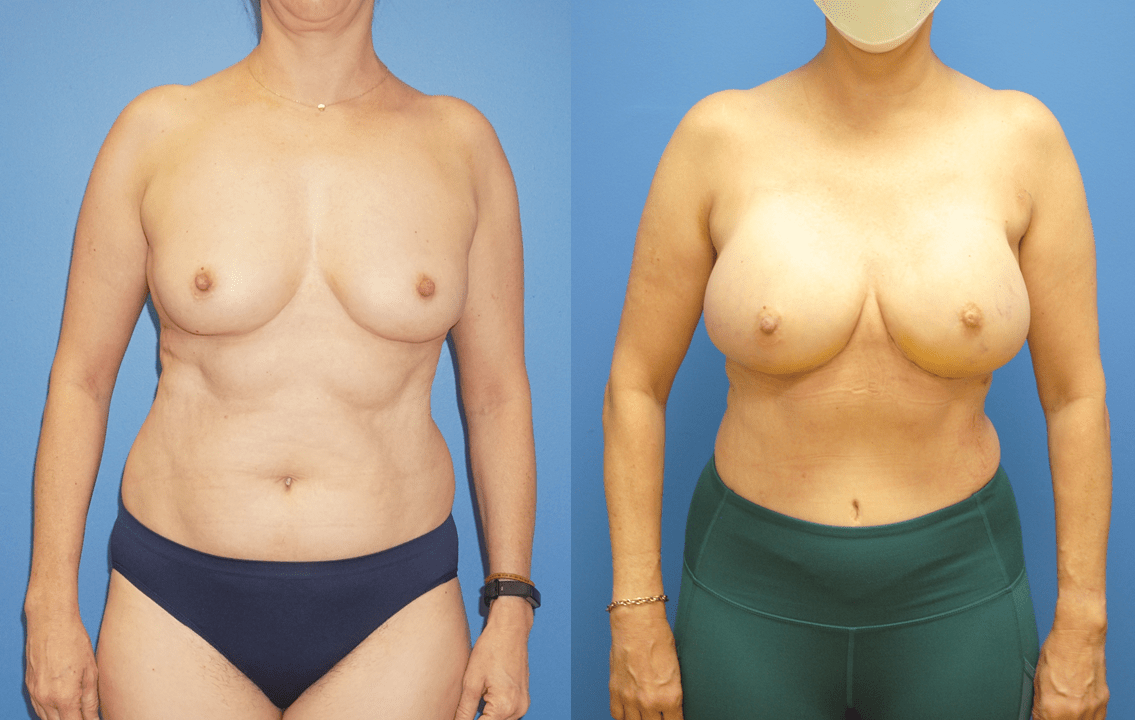There are several different manners in which to reconstruct the breast following mastectomy. There are times when decreasing the size of the mammary prosthesis can help improve tissue characteristics and facilitate symmetry. One of the more challenging aspects of breast reconstruction is establishing symmetry of the inframammary folds. Once the inframammary folds are symmetric, establishing implant volume to attain symmetry…






